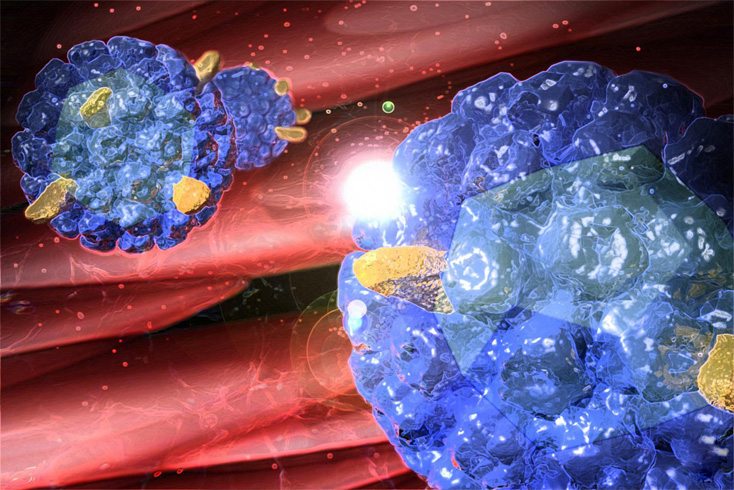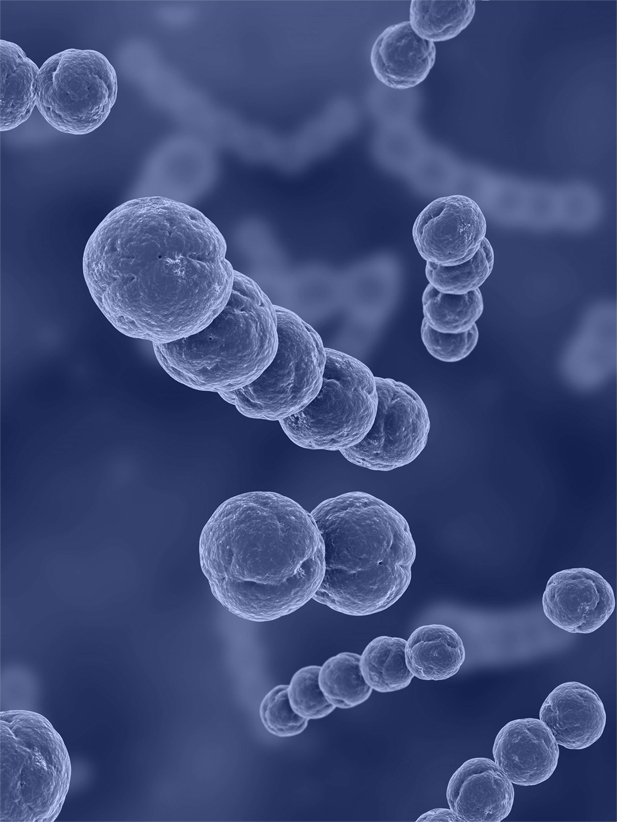Live Attenuated and Killed Vaccine Design Services
 Scientists have adopted many approaches to design vaccines against microbes based on basic information about microbes, such as how they infect cells and the immune system's response to them. The two traditional types of vaccines, live attenuated and inactivated/killed vaccines, constitute the vast majority of vaccines in use at present. Creative Biolabs offers all kinds of vaccine design service including live attenuated and killed vaccines.
Scientists have adopted many approaches to design vaccines against microbes based on basic information about microbes, such as how they infect cells and the immune system's response to them. The two traditional types of vaccines, live attenuated and inactivated/killed vaccines, constitute the vast majority of vaccines in use at present. Creative Biolabs offers all kinds of vaccine design service including live attenuated and killed vaccines.
The characteristics of live attenuated and inactivated vaccines are different, which specifically determine the use of the vaccine.
Live Attenuated Vaccines
A live attenuated vaccine is a vaccine created by reducing the virulence of a pathogen, but still keeping it viable (or "live").
Live vaccines are derived from disease-causing (“wild”) virus or bacteria in a laboratory. These wild virus or bacteria are attenuated, or weakened by repeated culturing in cells in which they do not reproduce very well. As they evolve to adapt to the new environment, they become weaker with respect to their natural host, human beings. For example, the measles virus used today was isolated from a child with measles in 1954. The conversion of wild viruses into attenuated vaccine viruses requires almost 10 years of serial passage using tissue culture media. The resulting vaccine organisms, which retain the ability to replicate and produce immunity, usually do not cause disease. At present, most live attenuated vaccines contain live viruses. Viruses, such as mumps, measles and chickenpox, are simple microorganisms that contain small amounts of genes, so scientists can control their characteristics more easily.
A live attenuated vaccine is the closest thing to a natural infection, so the immune response to a live attenuated vaccine is virtually similar to that produced by a natural infection. Live attenuated vaccines elicit strong cellular and antibody responses in recipients with only one or two doses and often confer lifelong immunity.
Table 1. Live attenuated vaccines
| Types | Examples |
|---|---|
| Bacteria | BCG vaccine, typhoid vaccine |
| Virus | Measles vaccine, mumps vaccine, rubella vaccine, Live attenuated influenza vaccine, chicken pox vaccine, smallpox vaccine, oral polio vaccine (Sabin), rotavirus vaccine, and yellow fever vaccine. |
Although the attenuated vaccine has many advantages, it has some drawbacks. The essence of life is variation; live attenuated vaccines are no different. The attenuated microorganisms in the vaccine could revert to a virulent form and cause disease. In addition, not everyone can safely use live attenuated vaccines, for example, people who have undergone chemotherapy or infected with HIV, can not use live vaccines. Another limitation is that live attenuated vaccines usually require refrigeration during transport and storage. Live attenuated vaccines may not be the best choice if they need to be shipped overseas, especially to developing countries, where refrigeration conditions are limited.
Inactivated Vaccines

An inactivated/killed vaccine is a vaccine consisting of either whole viruses or bacteria, or fractions of either, that have been grown in culture and then killed using physical (heat, or radiation) and chemical methods (usually formalin). The pathogen particles are destroyed and cannot divide, but the pathogens maintain some of their integrity to be recognized by the immune system and evoke an adaptive immune response. As for the fractional vaccines, the organism is further treated to purify only those components to be included in the vaccine (e.g., the polysaccharide capsule of pneumococcus).
Inactivated vaccines are not active and cannot replicate, so there is always a need for multiple doses. In general, the immune response does not occur after the first dose, but usually after the second or third dose. The immune response is very similar to natural infection, mostly humoral immunity, with little or no cellular immunity. The titers of antibody against the inactivated antigens decrease with time. Therefore, some inactivated vaccines may require regular supplemental doses to increase efficacy. The advantage is that this vaccine does not cause infectious disease even in people with immunodeficiency.
Such vaccines are more stable and safer than live vaccines because the dead microbes can’t mutate back to their disease-causing state. Inactivated vaccines usually don’t require refrigeration, and they can be easily stored and transported in a freeze-dried form, which makes them more accessible to people in developing countries.
Table 2. Inactivated vaccines
| Types | Method | Examples |
|---|---|---|
| Bacteria | killed using physical and chemical methods | typhoid, cholera, pertussis |
| Virus | polio vaccine (Salk vaccine), influenza vaccine | |
| Toxin | toxicity is inactivated or suppressed by chemical or heat treatment | diphtheria, tetanus |

Comparison Between Live Attenuated & Inactivated Vaccines
Table 3. Comparison between Live attenuated & Inactivated vaccines
| Feature | Inactivated vaccine | Live attenuated vaccine |
|---|---|---|
| Stability | high | low |
| Shelf life | long | short |
| Reversion of virulence | not | possible |
| Safety | good | poor |
| Dose | high | low |
| No. of doses | multiple | single |
| Efficacy | poor effects; last a short time | good effects; last a long time |
| Need for adjuvant | yes | no |
| Duration of immunity | less | many years |
| Antibody response | IgA IgG | IgG |
| CMI | poor | good |
All of our products can only be used for research purposes. These vaccine ingredients CANNOT be used directly on humans or animals.


